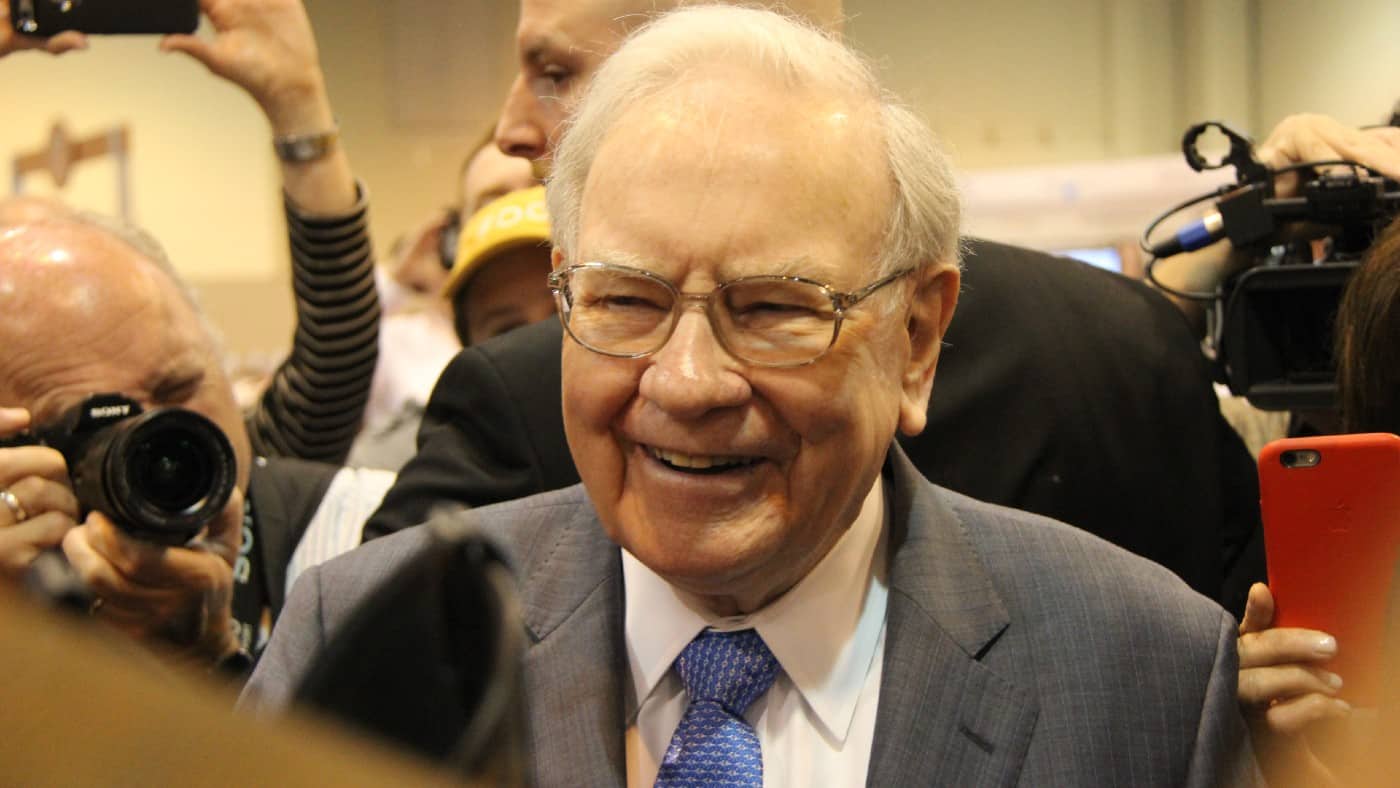The stock market strikes me as being as good a place as any to aim for a million. Doing that successfully will likely require a few elements to combine (and luck is not one of them, welcome though it would be).
First, I need to put in enough money. Second, I need time. Third, I need to choose the right shares – and not that many of them.
Let’s examine each element in turn.
Should you invest £1,000 in Carnival right now?
When investing expert Mark Rogers has a stock tip, it can pay to listen. After all, the flagship Motley Fool Share Advisor newsletter he has run for nearly a decade has provided thousands of paying members with top stock recommendations from the UK and US markets. And right now, Mark thinks there are 6 standout stocks that investors should consider buying. Want to see if Carnival made the list?
Serious ambitions require serious money
Could I aim for a million with £1,000? Yes, but I would be stacking the odds against myself. It is much, much harder to increase my money a thousand fold than, say, five fold as I would need to do if I invested £200,000.
Putting in serious money does not mean I need it right now. In fact, I could start to aim for a million without a penny and simply drip feed money in on a regular basis.
If I invested £900 a month, for example, after 19 years I would already have put over £200,000 into the stock market.
Long-term timeframes favour investors
Investing for a year or two I might get lucky. Maybe a company in which I invest has a particularly good set of financial results that help push up its share price
But, as Warren Buffett’s business partner Charlie Munger once said, “the big money is not in the buying and the selling but in the waiting”. By buying into great companies at an attractive price then letting them prove their greatness over the course of years or decades, I hope I can do well in the stock market.
That is why I favour a long-term approach to investing.
Buying just a few great shares
After 20 years of investing £900 each month and compounding it at 8% annually, I would have a portfolio worth over half a million pounds.
But if I wanted to aim for a million, what should I do? Less!
To illustrate my point, imagine that I do exactly the same – invest £900 each month over 20 years – but compound at 14% annually, not 8%. My portfolio should be worth over £1m after two decades.
How could I aim for a 14% compound annual gain? Rather than investing in dozens of companies I think look good, I would invest in a smaller (but still diversified) group of shares I think look great. A 14% compound annual gain for 20 years is hard to achieve – but some investors do manage, including Buffett.
Just consider Buffett’s biggest holding as an example: Apple (NASDAQ: AAPL). It has grown 275% over the past five years alone, even before taking dividends into account.
When he bought, it had a large addressable market, a proven business model, strong brand and large customer base.
In fact, I think those things are true today too. But after that dizzying price ascent, I feel the shares offer less value to me now than if I had bought five years ago. Apple faces risks from low-cost competitors offering increasingly sophisticated smartphones and eating into the middle market.
For now, I am not buying Apple. Still, it is an example of the sort of share that, at the right time and right price, could help me aim for a million.








